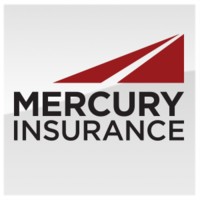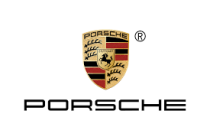
Mercury General Valuation
The valuation is attached in an Excel file.
Mercury General Corporation (MCY)
Name: Mercury General Corporation
Ticker Symbol: MCY (NYSE)
Founded: 1961 by George Joseph
Headquarters: Los Angeles, California, USA
Industry: Insurance – Property & Casualty (P&C)
Company Overview
Mercury General is a California-based property and casualty insurer best known for its auto insurance operations. The company maintains a conservative balance sheet, a stable dividend history, and focuses on personal and small commercial lines across select U.S. states, with California being its dominant market.
General Notes
- Mercury General’s concentration in the California auto insurance market is a competitive advantage. California demographics — especially younger drivers, who pay higher premiums — make the state one of the most profitable regions for auto insurers.
- For Mercury Capital, the rise of Al and autonomous cars makes the business risky and puts pressure on future growth. The company has one of the highest exposures to car insurance, which makes it one of the riskiest insurance firms in light of advancements in Al and autonomous driving. Even though the company appears undervalued – both intrinsically and relative to its peers – it may not be worth buying due to the unpredictable pace of technological developments.
- The company generates strong cash flow and earnings relative to its market price, which supports its attractiveness as an undervalued insurer.
- Mercury follows a conservative investment policy, with limited exposure to risky assets.
- The firm has a long tradition of paying dividends. But dividends are currently at historical lows.
Valuation Considerations
- For working capital, I treated premium balance receivables as accounts receivable and unearned premiums as accounts payable, reflecting the insurance business model.
- The company does not carry inventories, unlike traditional operating firms.
- In the Comparable Companies Analysis, EBITDA was not used, since it is not a meaningful metric for insurers. Instead, valuation relied on P/E and P/B multiples and other insurance-specific measures.
DCF & COMPS ANALYSIS Scenerios & Stock Intrinsic Values:
DCF Worst Scenerio: $67,8 COMPS Worst Scenerio: $139,9
DCF Base Scenerio: $124,0 COMPS Base Scenerio: $147,1
DCF Best Scenerio: $194,7 COMPS Best Scenerio: $162,5
About Valuation Assumptions & Methods :
In this valuation, I did not cover all details due to time constraints caused by my studies. Instead of using reinvestments and ROE or preparing detailed revenue and cost schedules, I based my future growth rate assumptions on past growth years, making some adjustments to past averages to ensure reasonable projections.
I used both the exit multiples method and the perpetuity model to determine the terminal value, applying a weighted average depending on the business sector. Additionally, I assumed that amortization and reinvestment grow at a constant rate, equal to the average growth rate of total costs (excluding COGS) from past years.
When calculating equity value from enterprise value, if the market value of debt was unavailable, I used the book value of debt.
I avoided Forward P/E in comps analysis, since I prefer comparing actual results instead of relying on analyst estimates.
For growth projections, I also considered the most recent quarterly results of the last fiscal year, incorporating them into forward expectations (without annualizing).
For CapEx and depreciation & amortization, I applied the general operating expense growth rate. I did not prepare detailed schedules due to time constraints.
I did not add non-operational assets to the enterprise value while calculating equity value.




